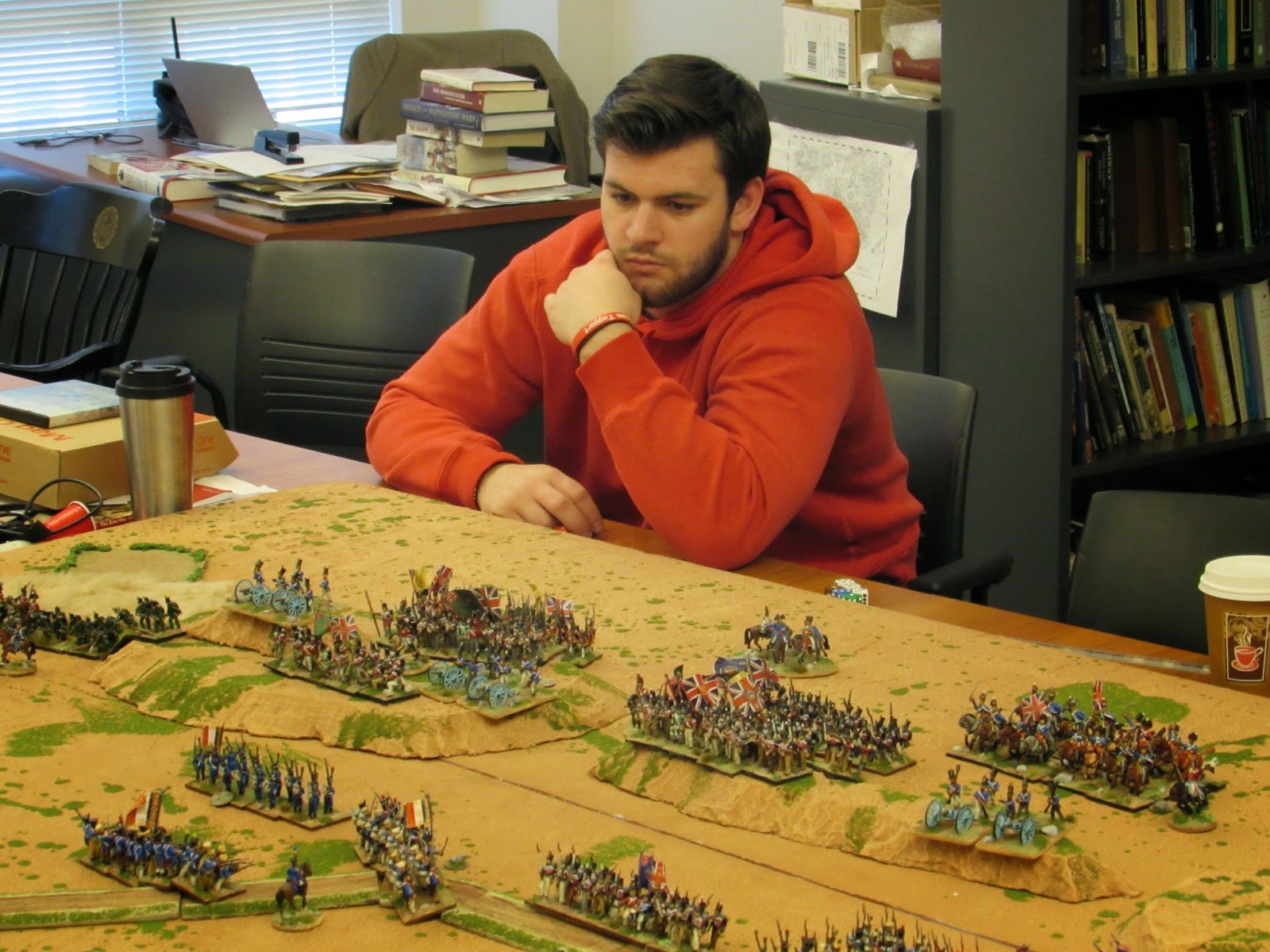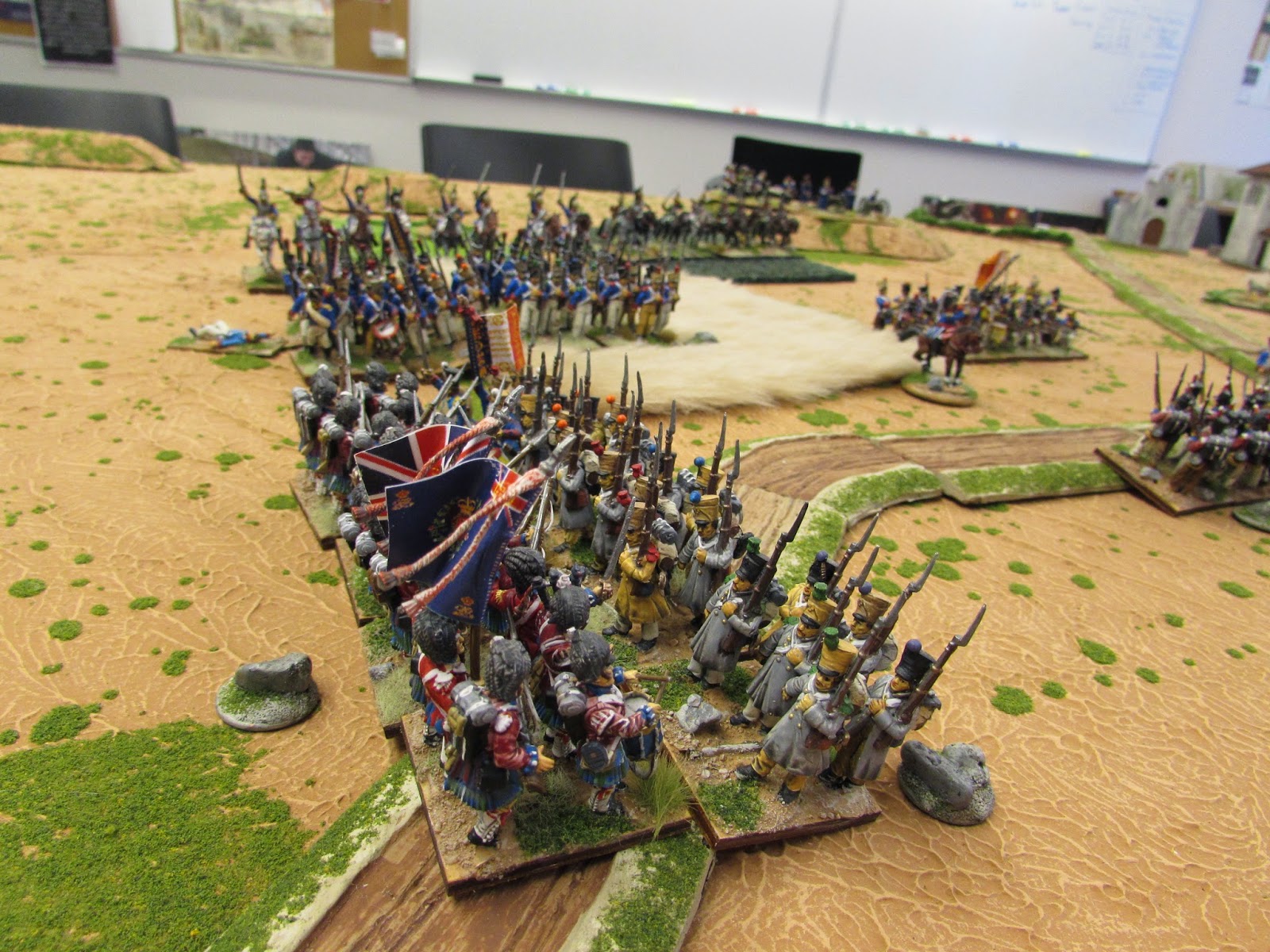Last year, I got the hankering to do Napoleonics on a scale that allowed me to command armies rather than divisions. I love my 28mm figures, and I enjoy both Black Powder and the quick-play house rules we use in the Ambler Gamers. But I wanted the chance to say "Order the Fourth Corps forward!" and "Commit the Guard!" and to refight the epic battles of the period. So I did what any good wargamer would do: commit to gaming in a new scale and search for a good set of rules.
For a long time, I considered Volley and Bayonet, which was exactly the scale I desired. However, the command system left much to be desired. My test for a good set of rules is if it forces players to worry about the kind of issues that commanders at that level worried about.
I heard about Sam Mustafa's upcoming Blucher rules, and they seemed to fit the bill perfectly. After months of breathless anticipation, the rules were released in February. Based on two read-throughs, I believe I made the right choice. I can't wait to take these rules for a test drive.
In anticipation of Blucher's release, I started painting up 10mm Russian and French armies on 3" square bases. You can see that I left a 3/4" strip at the back of each base clear for unit labels, which will allow me to keep track of stats and elan losses without having to resort to a roster. Units have skirmishers deployed and/or artillery attached to signify units with those characteristics. All other information will be on the labels (you can see a few prototypes fixed on with a glue-stick).
 |
| The large command stand is a C-in-C marker. The one with two generals will represent a significant sub-commander. The otehr command stands will be used to show when a unit is "prepared". |
 |
| The figures are all Old Glory 10mm. With the OGA discount, they come to about $.10 a figure. These are some Bavarian allies for the French. If I ever get to Phase II, I will add some Poles and Italians. And maybe some Austrian allies for the Russians. And, you know, that Ottoman list looks pretty cool... |
 |
| The Russian infantry. 10mm is large enough that I can pick out the mitre helmets of the Pavlovski Guard units at this range. |
 |
| French cavalry. Two units of Dragoons, Guard Lancers, and Chasseurs, plus one unit of Cuirassiers. |

















































